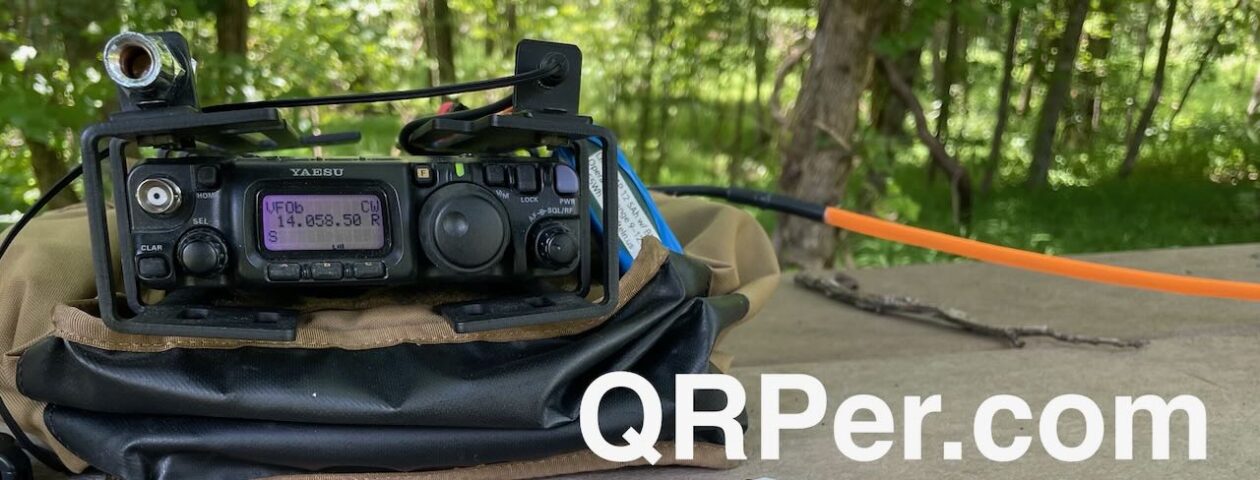Since the beginning of November, I’ve been pushing my Elecraft KH1 activations to the front of the line so that readers and subscribers who are considering this wee handheld radio might get a chance to see and hear it in action.
So far, I’ve used the KH1 for what it was designed to do: pedestrian mobile/handheld using the built-in whip antenna. I’ve activated a park, a summit, and even did a little parking lot POTA hunting.
I’ve decided that November is KH1 month–this is the only radio I’ll use this month.
I will start blending in some of my field reports from October (there were some really fun ones in there) that feature my other field radios and a variety of antennas starting next week. I’ll still be pushing some of my KH1 field reports to the front during that time as well. Also, I’ll likely post more bonus videos over on Patreon.
Where to activate?
On Monday, November 6, 2023, I had several hours in the afternoon to take the KH1 on another mini radio adventure. I wasn’t sure where I’d perform an activation, though.
This time, I didn’t want to do a pedestrian mobile activation. I wanted to see how the KH1 might play on my kneeboard and how it might pair with my 28.5′ speaker wire antenna. I was curious if its internal ATU would find acceptable matches on all bands.
I packed the KH1, throw line bag, Tufteln Kneeboard, Helinox chair, 2L water bag, camera gear, and speaker wire antenna in my GoRuck pack (FYI: all links and full inventory are below).
This was more gear than I’d need, but all of these items were in my radio box in the trunk/boot of my car.
I had only one errand to run that afternoon: I needed to drop off some of my wife’s illustrated Christmas cards at my friend Hamilton William’s Gallery in downtown Morganton.
After catching up with Hamilton, I had to make a decision about where to go for an activation. I knew this: it was an incredibly beautiful day, so whatever I did, it needed to include a hike!
I considered a few parks but the most convenient spot for a proper hike was Bakers Mountain. It also required the least amount of driving since it was essentially on the way back to Hickory.
Bakers Mountain (W4C/WP-007)
It being an early Monday afternoon, there weren’t many other hikers at Bakers Mountain. In fact, I never ran into any other hikers on the main loop trail.
Bakers Mountain park is (sadly) not a POTA entity. It’s a county park, so does not currently qualify. There was talk once of Bakers Mountain being turned into a state park, but it falls just shy of the amount of acreage needed to qualify.
Bakers Mountain is a one point SOTA summit, but the hike (if you do the full loop trail) is actually pretty strenuous if you take it at a nice clip. I’d consider it a moderate hike overall.
I’ve already activated Bakers Mountain this year, so this activation’s point will not add to my goal of reaching Mountain Goat (1,000 points). That’s okay, though. Unless my family life changes in a way that frees up a lot more time, Mountain Goat is a good 5-6 years in the future at my pace! I’m perfectly fine with that.
I reached the summit and found a spot to set up in the shade. Continue reading Elecraft KH1 + Speaker Wire = Pileup Madness on Bakers Mountain!



































